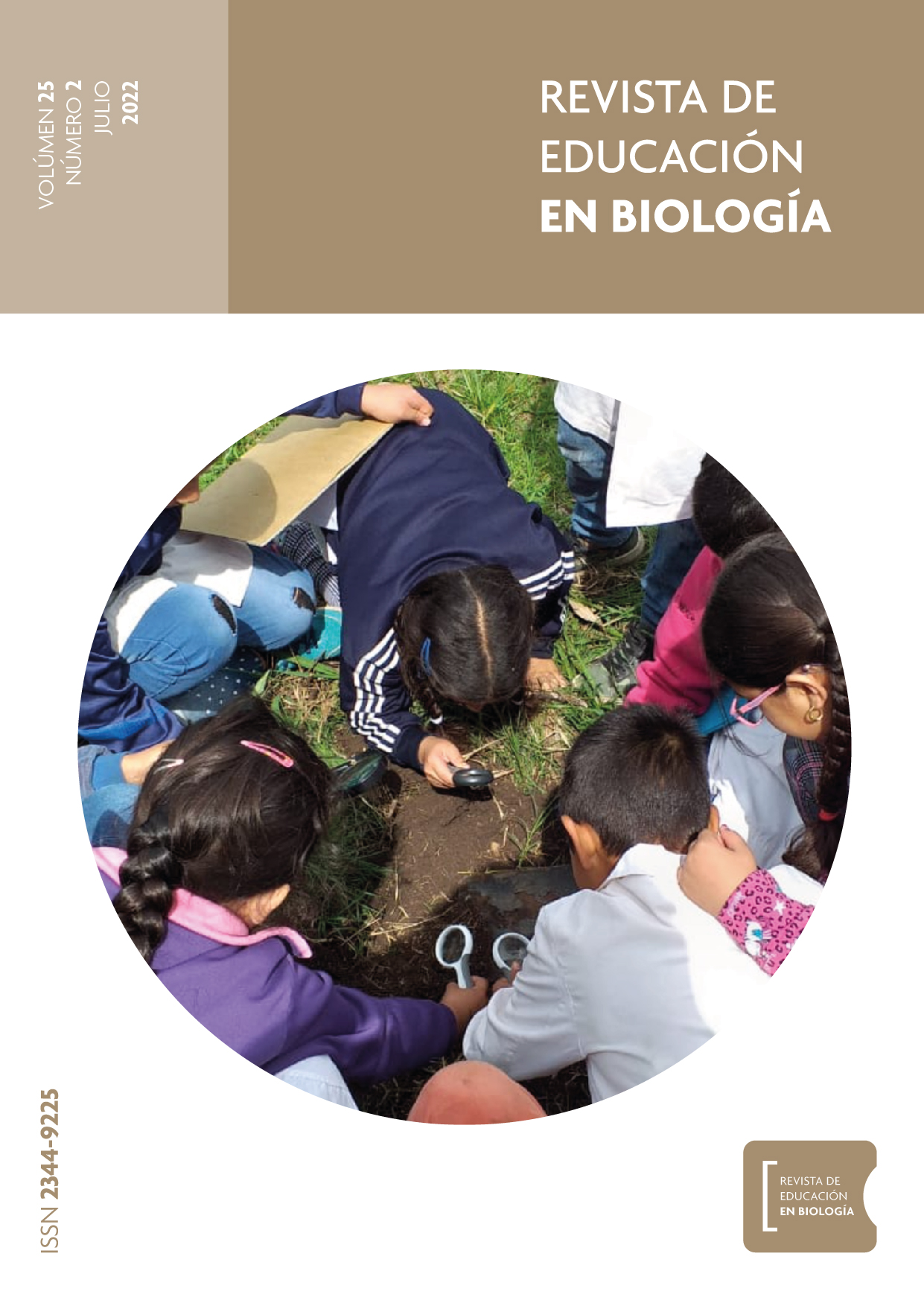Sustainable Collection of Wild Edible Mushrooms
Main Article Content
Abstract
During the autumn and spring season, in the natural forests or pine plantations of the Andean-Patagonian region, the practice of collecting wild edible mushrooms is common. Mushrooms are considered one of the most characteristic non-timber products of the region and, in addition to their recognized ecosystem role, they have a nutritional and medicinal value that has increased their consumption and harvest in recent years. The objective of this text is to provide a series of recommendations that contribute to the sustainable harvesting of wild edible mushrooms, in order to avoid indiscriminate use of the common goods of nature.
Article Details

This work is licensed under a Creative Commons Attribution-NonCommercial-ShareAlike 4.0 International License.
Aquellos autores/as que tengan publicaciones con esta revista, aceptan los términos siguientes:- Los autores/as conservarán sus derechos de autor y garantizarán a la revista el derecho de primera publicación de su obra, el cuál estará simultáneamente sujeto a la Licencia de reconocimiento de Creative Commons que no se permite un uso comercial de la obra original ni de las posibles obras derivadas, la distribución de las cuales se debe hacer con una licencia igual a la que regula la obra original.
- Los autores/as podrán adoptar otros acuerdos de licencia no exclusiva de distribución de la versión de la obra publicada (p. ej.: depositarla en un archivo telemático institucional o publicarla en un volumen monográfico) siempre que se indique la publicación inicial en esta revista.
- Se recomienda a los autores/as difundir su obra a través de Internet (p. ej.: en archivos telemáticos institucionales o en su página web) después del proceso de publicación, lo cual puede producir intercambios interesantes y aumentar las citas de la obra publicada. (Véase El efecto del acceso abierto).
How to Cite
References
Barroetaveña, C., Toledo, C., Rajchenberg, M. (2016). Hongos comestibles silvestres de plantaciones forestales y praderas de la región Andino patagónica de Argentina. Esquel: CIEFAP.
Barroetaveña, C., Toledo, C., Rajchenberg, M. (2017). Hongos comestibles silvestres de de los bosques nativos de la región Andino patagónica de Argentina. Esquel: CIEFAP.
Gamundi, I.J., Horak, E. (2002). Hongos de los Bosques andino-Patagónicos. Buenos Aires: Vazquez Mazzini ed.
Pose, M.M., Garcia Belardi, M.F., Soto Chidiak, M.G., Pampiglioni, A. L. y Bravo, F.M. (2018). Guía Didáctica de Hongos de Patagonia Norte. San Martín de los Andes: De La Grieta.

